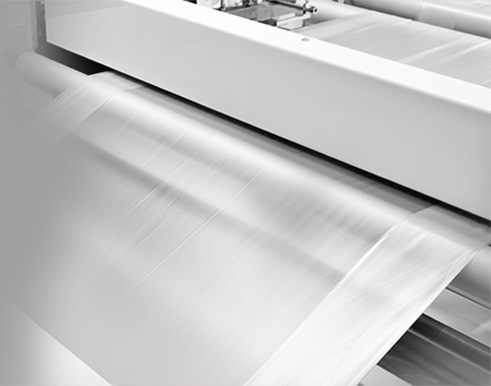
When drillers began tapping into the Marcellus Shale in 2008, they sparked an economic boom that continues to echo in rural Pennsylvania. Energy companies leased rights to extract gas, built wells, and hired thousands of state residents. Local engineering and construction firms launched new divisions tailored to the needs of the natural gas industry.
The boom also spurred debate over the competing demands of environmental protection and economic growth—debates that sharpened as natural gas fueled the development of pipelines and other infrastructure.
One of the biggest follow-on developments is the Shell petrochemicals plant slated to open next year in Beaver County, a rural county bisected by the Ohio River northwest of Pittsburgh. The plant will use ethane, a component in natural gas, to produce polyethylene.
The plant is not just a welcome new supplier of a key ingredient for the flexible packaging industry. It ranks as one of the largest projects in Beaver County since the demise of the steel industry, which was for decades a major employer in the region. When the steel industry left, the region’s population and economic base shrank.
“I wish I had three or four more of those plants,” says Helen Kissick, president and executive director of the Beaver County Chamber of Commerce.
A Legacy of Steel
Pittsburgh is known as the Steel City. When steelmaking was at its peak, Beaver County was home to some of the country’s largest mills. They included the Aliquippa Works, built in 1900 by the Jones and Laughlin Steel Co. It employed 15,000 workers at its height.
By the 1980s, however, the steel industry was in decline. The Aliquippa Works closed in the mid-1980s, idling thousands of workers. Beaver County’s population began drifting down from its high point of more than 208,000 people in 1970. By the 2020 Census, the county’s population had dwindled to 168,215, a decline of 19.3% over 50 years.
The infrastructure of rail, water, and industrial sites—as well as zoning rules—remained. The site in Monaca where the Shell plant is rising used to house a lead and zinc smelter, among other operations.
A Long Courtship
Hoping to find new users for the natural gas flowing from Pennsylvania, state officials worked hard to lure Shell. The efforts date back to 2012 and the administration of former Gov. Tom Corbett, who successfully advocated for a tax credit that would benefit new ethane plants.
Beaver County was among the potential sites for a new plant. But it wasn’t until 2015 that Shell closed on a purchase of the Monaca property, assembled from several parcels. In addition to the state tax credit, the site is in a zone that offers additional state and local tax incentives.
A year later, Shell announced it was building a plant, with its investment estimated at $6 billion, with between $1.5 billion and $2.5 billion being spent in Pennsylvania, according to a study commissioned by Shell and undertaken by the business school at Robert Morris University in Pittsburgh.
“The success of this project is part of a much-needed, longer-term plan to translate our abundant resources to make Pennsylvania a leader in downstream production,” Gov. Tom Wolf, who defeated Corbett in 2014, said at the time. “The commitment of the Shell cracker plant in western Pennsylvania is an important step toward this goal.”
From Proposal to Production
Construction of the plant began in 2017, delivering an early economic boost to Beaver County and surrounding areas. The project required thousands of workers over the last five years.
Production is expected to start this year, according to Bill Watson, general manager of Shell Polymers Monaca, the Shell division operating the plant.
It will eventually employ up to 600 people. But hiring began even before the end of 2021, according to Watson. Some of the hires include process technicians who were trained and certified by the Shell Center for Process Technology Education, a newly created program at the Community College of Beaver County. They start at salaries between $50,000 and $80,000 per year, Thomas says.
Shell also has been cultivating ties to the community through donations to local nonprofits and educational initiatives. Manufacturers of all sorts have been keen to invest in the next generation of skilled workers.
“Our workforce is also a great source of human capital that we share with the community,” Thomas says. “We show up in person to many events that call for volunteers to lend a hand and to be a force for good in the community.”
Jobs at the plant, meanwhile, are expected to create thousands of additional jobs in the region, according to the Robert Morris study, which also projects gains in state and local tax revenue.
Other benefits are harder to quantify, the study noted, such as the advantages of “avoiding long and costly transportation of polyethylene from Gulf Coast facilities.”
Joel Berg is a freelance writer and editor based in York, Pennsylvania.


